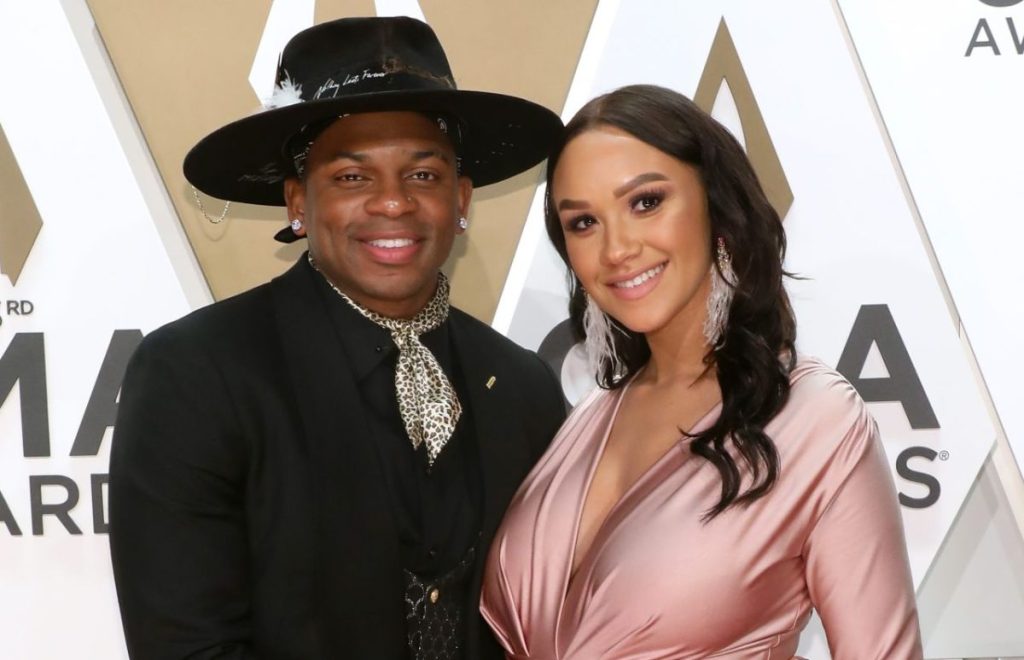Wild Horse Advocates Condemn BLM Management Policies
Written by Andrew-Rossi on April 26, 2023
The American Wild Horse Campaign is raising concerns about “the unsustainable path the (Bureau of Land Management) continues to follow and is reigniting calls to prioritize on-range solutions, including humane fertility control” for wild horses on public lands
This week, the U.S. Bureau of Land Management (B.L.M.) released its 2023 Wild Horse and Burro Program gather schedule and population data. The agency plans to round up more than 7,000 wild horses and burros and permanently remove 5,857 animals from federal lands beginning in July.
The B.L.M. manages over 82,000 wild horses and burros on 26.9 million acres of public lands across 10 Western states (the A.W.H.C. claims 61,000 animals.) Unfortunately, wild horse herds over-use and degrade forage and water resources vital to themselves and thousands of native wildlife species, putting all animals at increased risk of starvation and thirst.
For the A.W.H.C., this is a marked departure from the agency’s proposed plans to remove 20,000 animals yearly over the next several years. In the organization’s view, the B.L.M. does not have enough funds to move forward with that plan.
“It’s not as if 60,000 mustangs and burros walked up and let themselves into B.L.M. holding facilities,” said Suzanne Roy, executive director for A.W.H.C. “The B.L.M. has created this crisis by catering to private interests, removing thousands more wild horses than could be placed into private care. It is now more important than ever that the B.L.M. utilize the readily available humane fertility control at a meaningful scale.”
Last Friday, the agency released its Fiscal Year (F.Y.) 2023 wild horse and burro population data, suggesting a slight increase in on-range population numbers on western public lands. However, A.W.H.C. charges that the B.L.M.’s estimate is questionable not only in light of the large-scale removals last year but also considering mortality caused by the historically harsh winter in the West.
“If taken at face value, the increase shows that the agency’s inhumane wild horse roundups have failed to even create short-term progress toward achieving its population goals,” continued Roy. “Meanwhile, it has created a long-term fiscal crisis by rounding up more than 20,000 animals, skyrocketing the captive holding population to all-time highs.”
In December, Congress included an important bipartisan wild horse protection measure in the final Fiscal Year (F.Y.) 2023 appropriations omnibus. The measure requires the B.L.M.’s Program to utilize up to $11 million for reversible immunocontraceptive fertility control in FY23 to sustainably manage wild horses and burros.
According to A.W.H.C., the B.L.M. spent more than $100 million of taxpayer funds last year to round up wild horses from public lands and warehouse them in holding facilities, while a fraction was spent on humane fertility control to manage the herds on the range. Current plans call for fertility control on “a mere” 1,575 animals.
“Ten years ago, scientific experts told the agency that there is a better way to manage wild horses and it’s beyond time for the B.L.M. to implement humane fertility control at the scale necessary to stabilize populations over the long term as an alternative to the current costly and cruel roundup approach,” concluded Roy. “We remain hopeful that the B.L.M. will soon increase its treatment goals as awards are made under last year’s fertility control grant opportunity.”
About the American Wild Horse Campaign
The American Wild Horse Campaign (A.W.H.C.) is the nation’s leading wild horse protection organization, with more than 700,000 supporters and followers nationwide. A.W.H.C. is dedicated to preserving the American wild horse and burros in viable, free-roaming herds for generations as part of our national heritage. In addition to advocating for protecting and preserving America’s wild herds, A.W.H.C. implements the world’s largest wild horse fertility control program through a partnership with the State of Nevada for wild horses that live in the Virginia Range near Reno.

